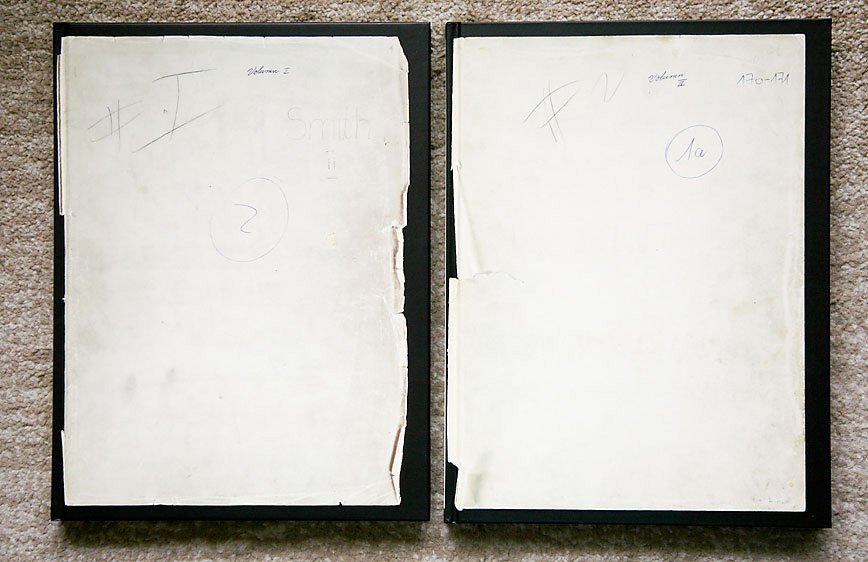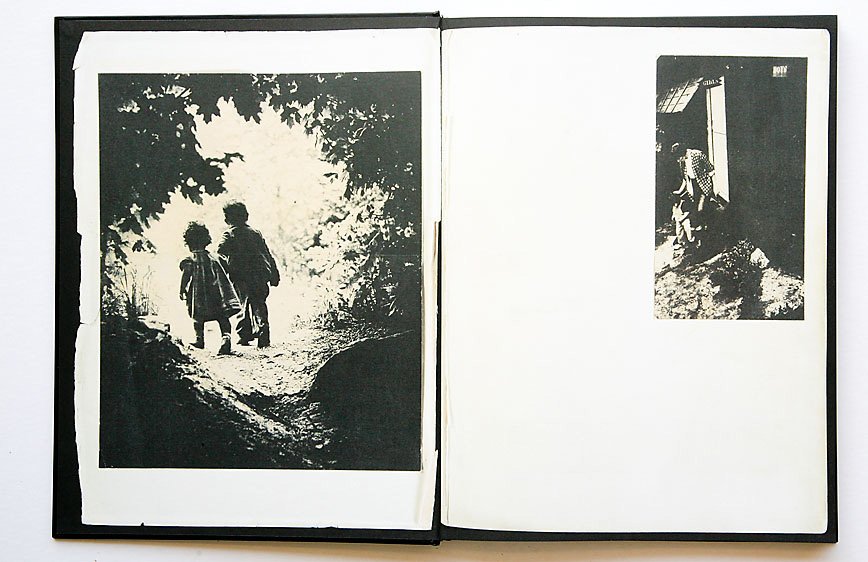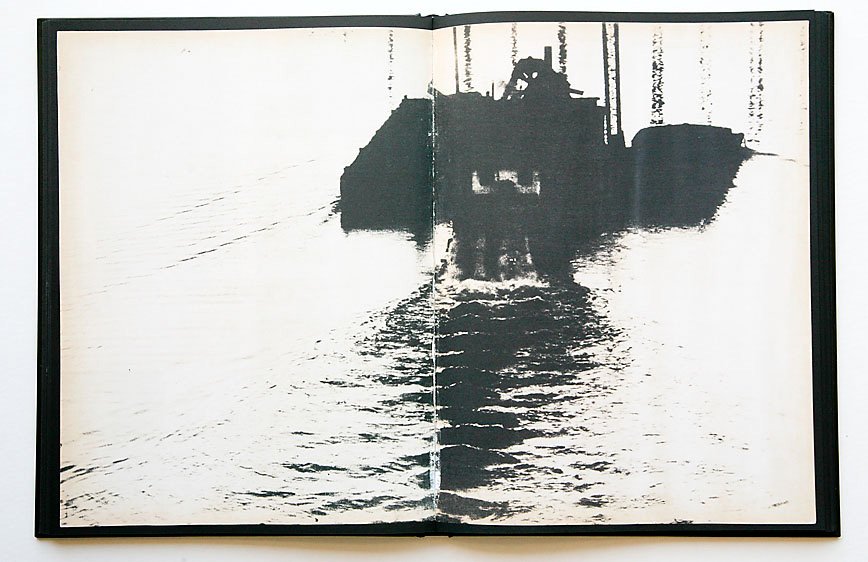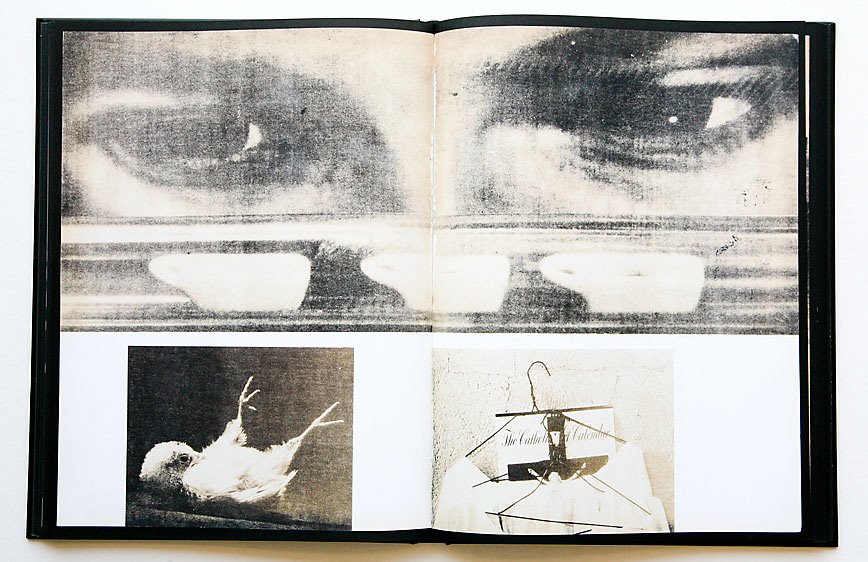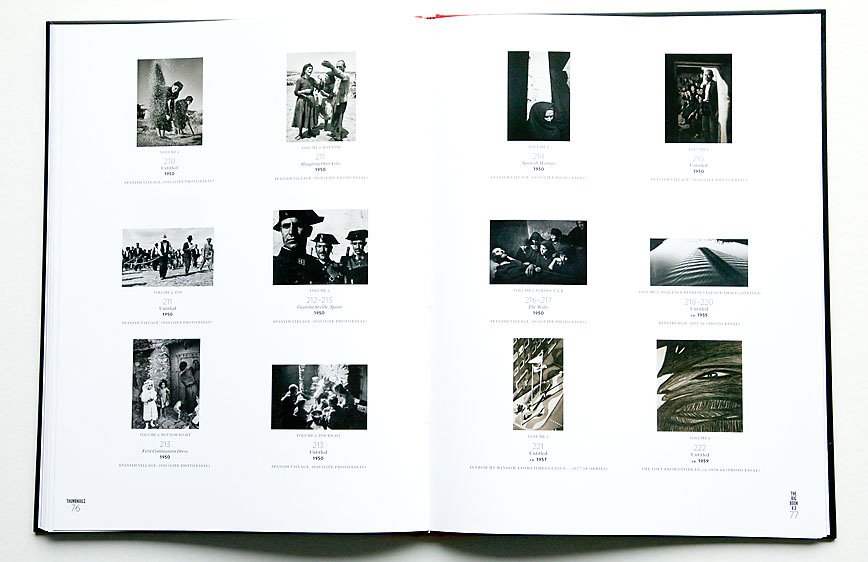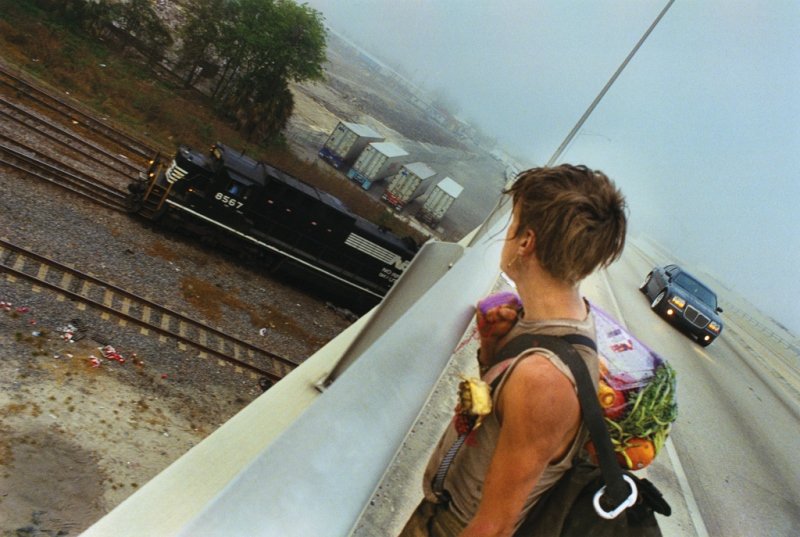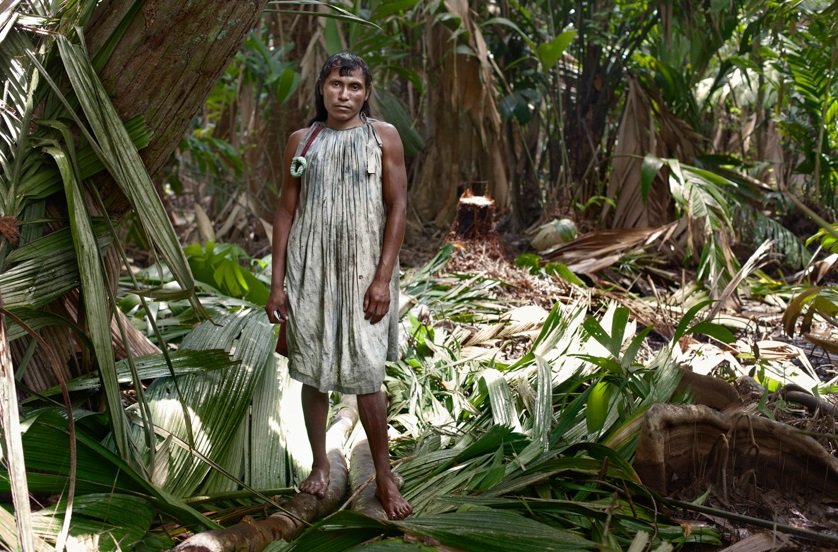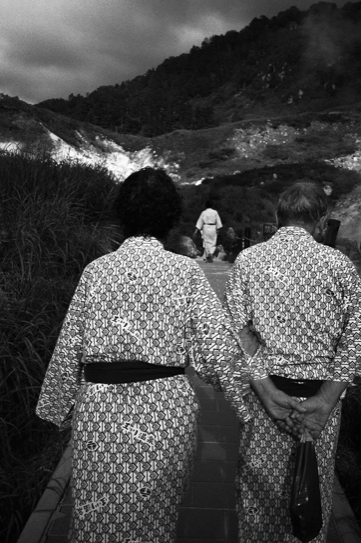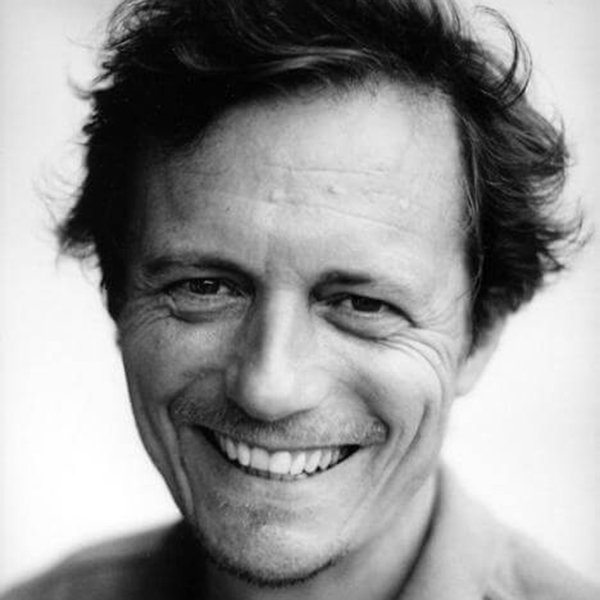USA –
W. Eugene Smith’s The Big Book is a very interesting and unusual three volume set that includes a two volume facsimile of the maquette (book dummy) developed by Smith in 1960 and a third volume with supporting essays, reference photographs and information about the maquette.
The Big Book maquette spans the majority of the late W. Eugene Smith’s oeuvre, an American photojournalist (b. 1918 Wichita, Kansas – d. 1978 Tucson, Arizona) who developed the concept for the photo-essay. Smith was a perfectionist with a thorny personality, who set the standard for the photo-essay high for future generations of photographers.
The Center for Creative Photography (CfCP) at the University of Arizona has possession of the W. Eugene Smith archive, which is the location of the original The Big Book maquette and the photographic source for most of the content of this three volume set. The CfCP collaborated with the University of Texas Press to publish this extensive body of work. Smith had created this maquette between 1960 and 1961 to visually illustrate his book concept for the various book publishers but regretfully The Big Book was not completed or published in Smith’s lifetime.
In the Notes of Volume 3 the materials of the two volume maquette are described as follows; the pages are heavyweight machine made paper, cream in color, with the images attached by means of a glossy yellow rubber-based adhesive. The images in the maquette appear to be made by means of the Afga Copyrapid reproductive process, essentially a very early office copy machine (photocopying). The fluctuations in the color, ranging from yellow to brown tints, of the maquette images reflect the instability of this photocopying process over time. Due to the deterioration of the images within the original maquette, the muddled and blocked images are difficult at places to clearly read, complicating an already messy state of affairs for this maquette.

Essentially a maquette was not created to be a permanent record, but temporal to communicate the essence of a book concept, as a visual aid to the publisher. Nevertheless, Smith’s maquette has become a semi-permanent record of one photographer’s endeavors, now taking a life of its own and being shared with a much wider audience.
As stated by William S. Johnson in his introduction to this set, “The book, like many of Smith’s endeavors, was impractical in is scope, unconventional it its format and uncompromising it its demands on the reader. Occasionally incomprehensible, often lyrical, always passionate, the book challenged traditional ideas about layout and design, and attempted to establish a new form or expression for the photographic essay.”
I agree with Johnson, the maquette is a real mashup of images and it is difficult to view this as an elegant photo-essay as Smith had so frequently advocated during his life time. Stepping back, I find myself viewing this body of work as being more in sync with the current contemporary concepts of creating a visceral experience. In this context, Smith is well before his time, similar to the ground breaking photographic work of Eugene Atget, Robert Frank and Walker Evans.
There is an absence of text, captions and pagination within the two volume maquette as these details would probably have been included at the final publication stage of the ensuing photobook. What the reader will find included are Smith’s hand written notes that accompany specific photographs, as an example a note to check on the cropping of a specific image.

As to the layout design of the maquette, it is said that Smith drew heavy inspiration from the Edward Steichen’s 1955 exhibition and subsequent book Family of Man, for which Smith has contributed five images, including the closing photograph titled The Walk to Paradise Garden. Smith chose this same photograph to open as well as close The Big Book.
As a book object, the three volume set is an embodiment of a time and place. Part historical, preserving the detoriating remainders of a work of art in progress and a raw creative endeavor of a gifted photographer and artist, while providing a glimpse into the makings of what might have been a wonderful photobook. We are to remember that this maquette was not meant to be polished and luminous final object, more akin to a sketch pad for the photographer to privately share with a publisher, never meant to see the light of day. I think that reading the two volume maquette is similar in experience to a visit to Florence and viewing one of Michelangelo’s partially complete sculptures, a raw and incomplete work, gaining a glimpse into the working of a very creative mind.
Book Review by Douglas Stockdale
Published by University of Texas Press, Austin & Center for Creative Photography, University of Arizona © 2013
